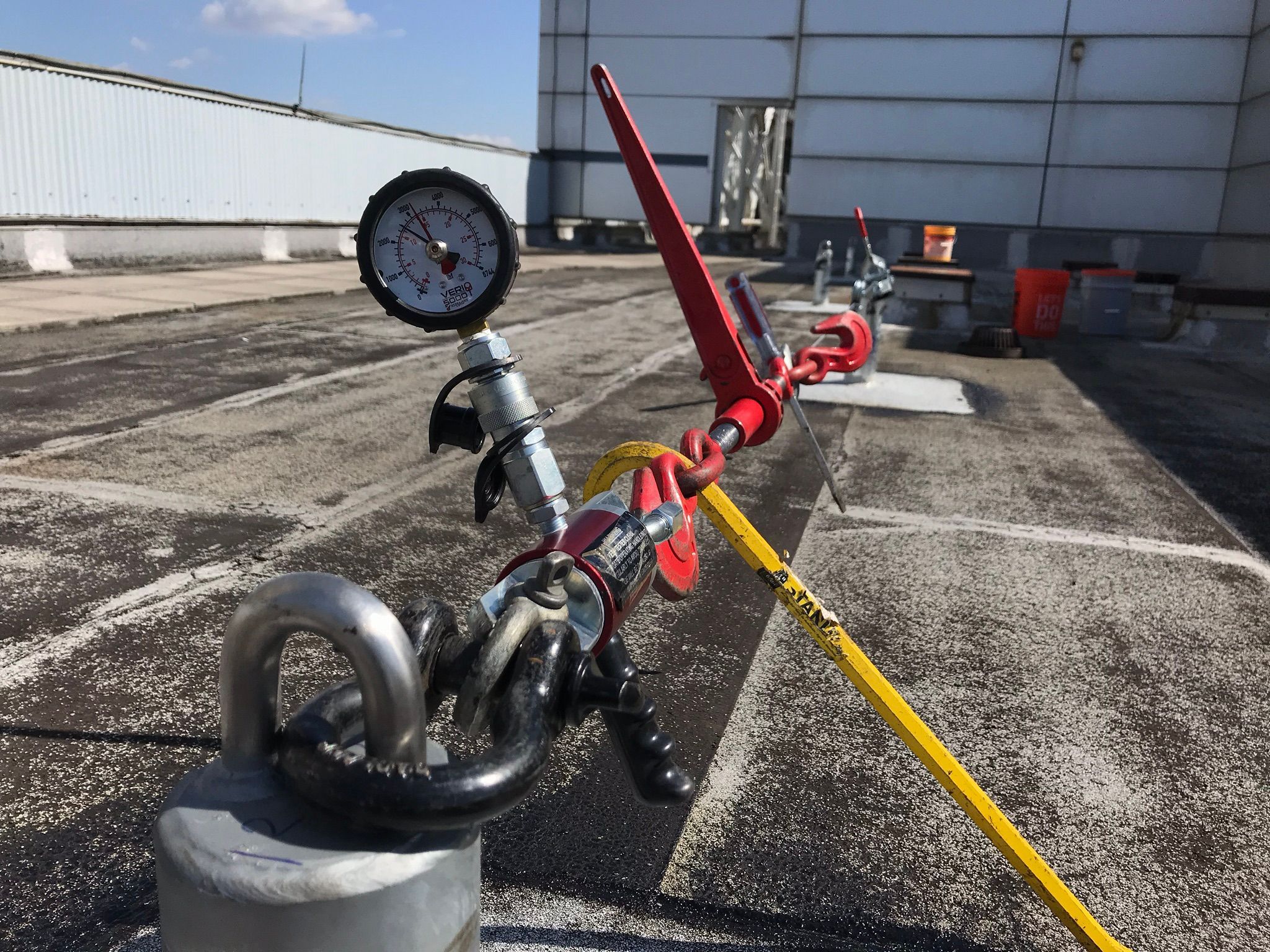Ensuring ladder safety is paramount in preventing workplace accidents. OSHA’s Standard 1910.23 outlines specific requirements for both fixed and portable ladders to safeguard workers.
General Ladder Safety Requirements
Employers must adhere to the following general provisions:
- Rung Spacing: Ladder rungs, steps, or cleats must be spaced between 10 to 14 inches apart, measured between centerlines.
- Width Requirements:
- Portable Ladders: Minimum clear width of 11.5 inches.
- Fixed Ladders: Minimum width of 16 inches between side rails.
- Portable Ladders: Minimum clear width of 11.5 inches.
- Material Integrity:
- Wooden Ladders: Should not be coated with materials that could obscure structural defects.
- Metal Ladders: Must be corrosion-resistant or treated to prevent corrosion.
- Wooden Ladders: Should not be coated with materials that could obscure structural defects.
- Surface Conditions: Ladder surfaces must be free from puncture and laceration hazards.
- Usage: Ladders must only be used for their intended purpose.
- Inspections: Conduct inspections before the first use of each work shift and more frequently if necessary. Remove defective ladders from service immediately.
- Tagging Defective Ladders: Clearly mark defective ladders with “DANGER: Do Not Use” or similar language until repaired or replaced.
- Climbing Protocol:
- Workers must face the ladder when ascending or descending.
- Maintain three points of contact at all times.
- Do not carry objects that could cause loss of balance.
- Workers must face the ladder when ascending or descending.
Portable Ladder Specifics
Additional requirements for portable ladders include:
- Stable Placement: Use only on stable and level surfaces unless secured to prevent displacement.
- Movement Restrictions: Do not move, shift, or extend ladders while occupied.
- Traffic Protection: Secure or guard ladders placed in high-traffic areas to prevent accidental displacement.
- Support: Ensure non-self-supporting ladders have both side rails supported.
- Prohibited Practices: Do not place ladders on unstable bases like boxes, barrels, or scaffolds to gain additional height.
Fixed Ladder Requirements
For fixed ladders, OSHA mandates:
- Load Capacity: Ladders must support their maximum intended load.
- Clearance:
- Minimum perpendicular distance of 7 inches from the centerline of rungs to the nearest permanent object behind the ladder.
- For through ladders, side rails must extend 42 inches above the top of the access level or landing platform.
- Minimum perpendicular distance of 7 inches from the centerline of rungs to the nearest permanent object behind the ladder.
- Grab Bars: Must not protrude on the climbing side beyond the rungs.
- Step-Across Distance:
- For through ladders: 7 to 12 inches.
- For side-step ladders: 15 to 20 inches.
- For through ladders: 7 to 12 inches.
- Fall Protection: Fixed ladders over 24 feet must have a ladder safety system or personal fall arrest system.
For a comprehensive overview, refer to OSHA’s official documentation on ladder safety standards.
Ensure your workplace meets OSHA’s ladder safety standards. Contact Shine On HERE for expert guidance and compliance solutions.
Important things to know, review more articles OSHAs
OSHA’s – 1910.22 General Requirements
OSHA Recognized 3-Levels of Skill- Work at Height
Important Definitions per OSHA
OSHA’s – 1910.140 Personal Fall Protection Systems
OSHA’s – 1910.29 Fall Protection Systems & Falling Object Protection- Criteria and Practices
OSHA’s – 1910.28 Duty to have Fall Protection & Protection from Falling Objects
OSHA’s – 1910.30 Training Requirements
OSHA’s – 1910.23 Ladders- Fixed and Portable



